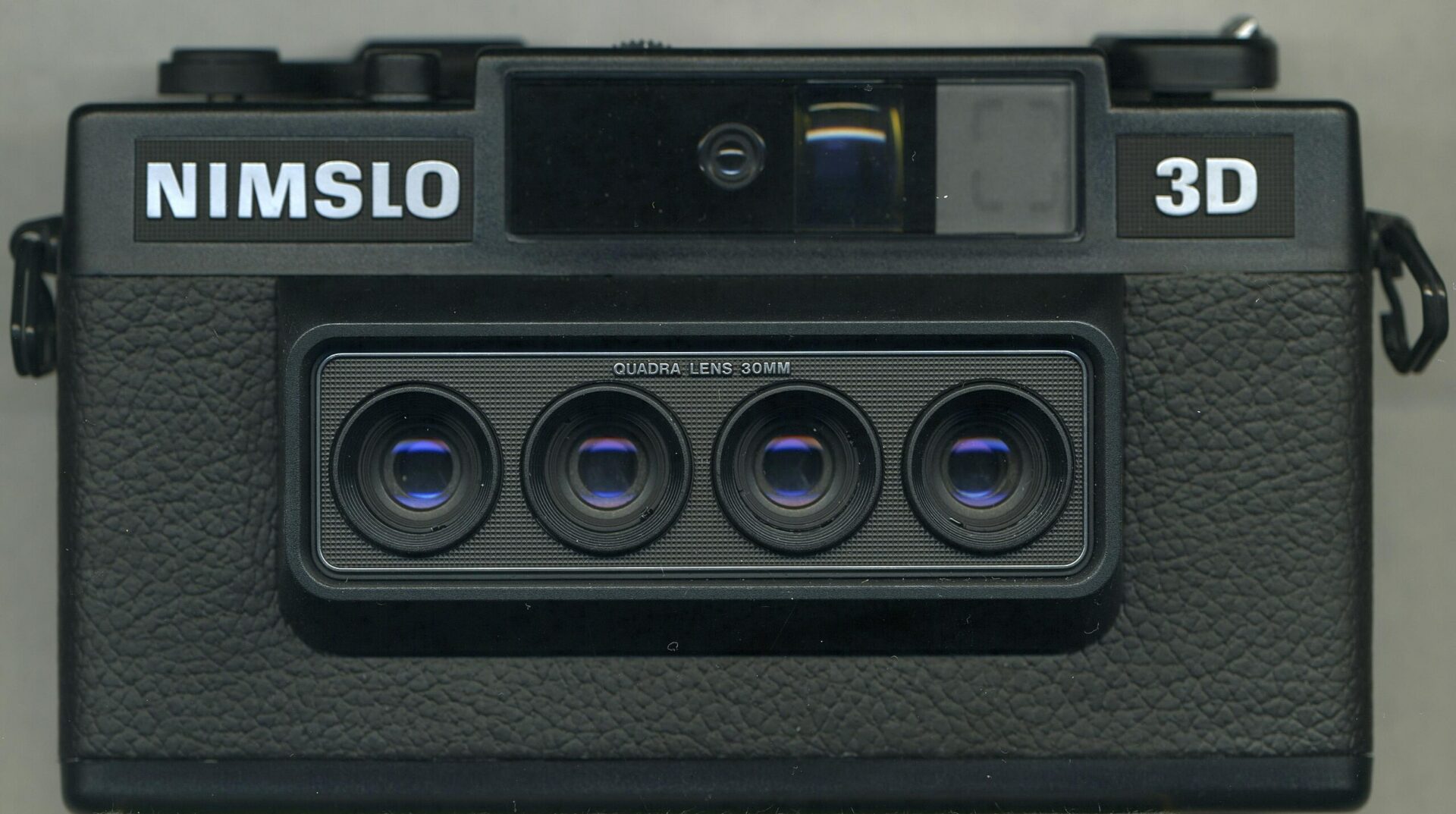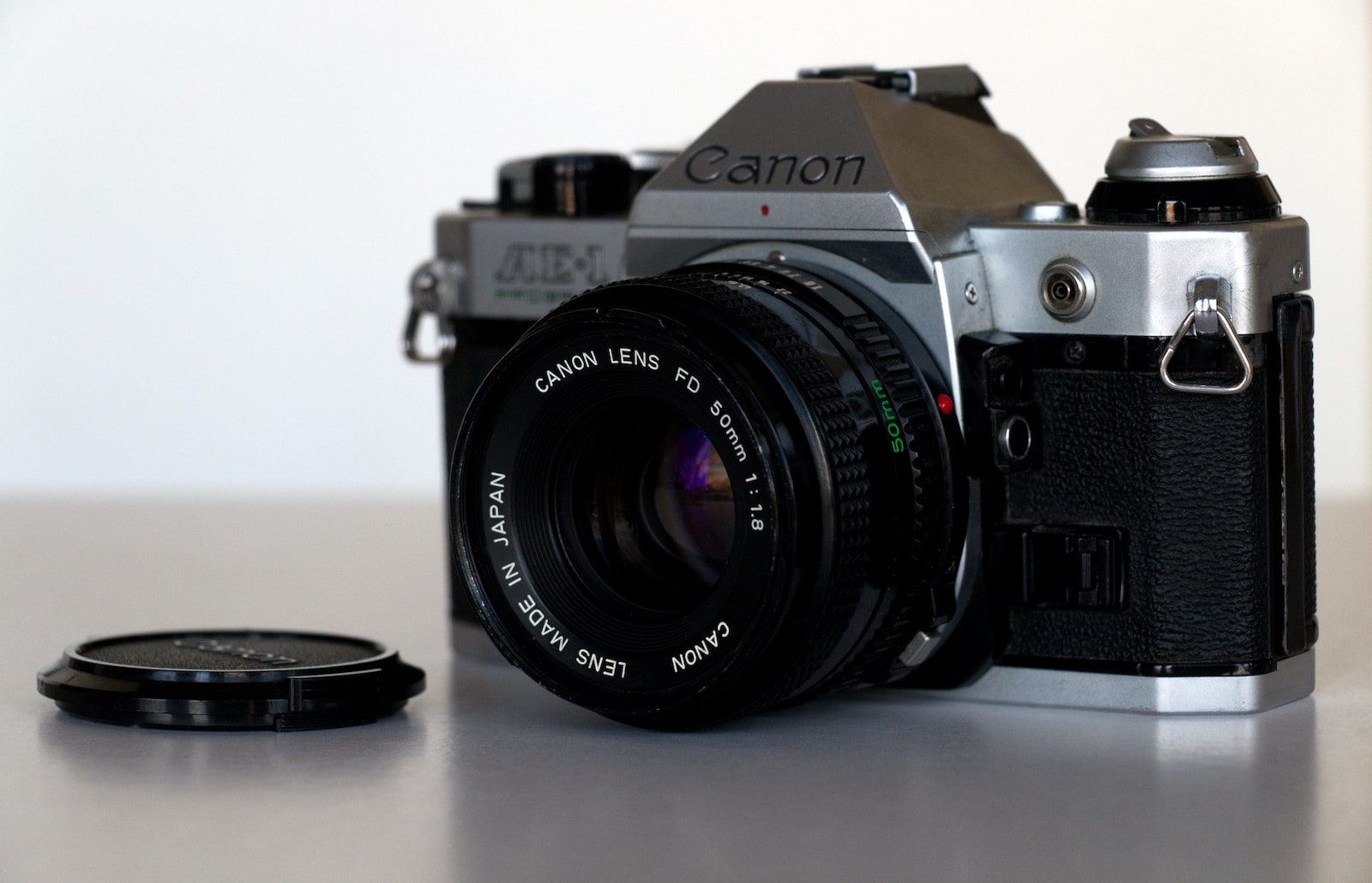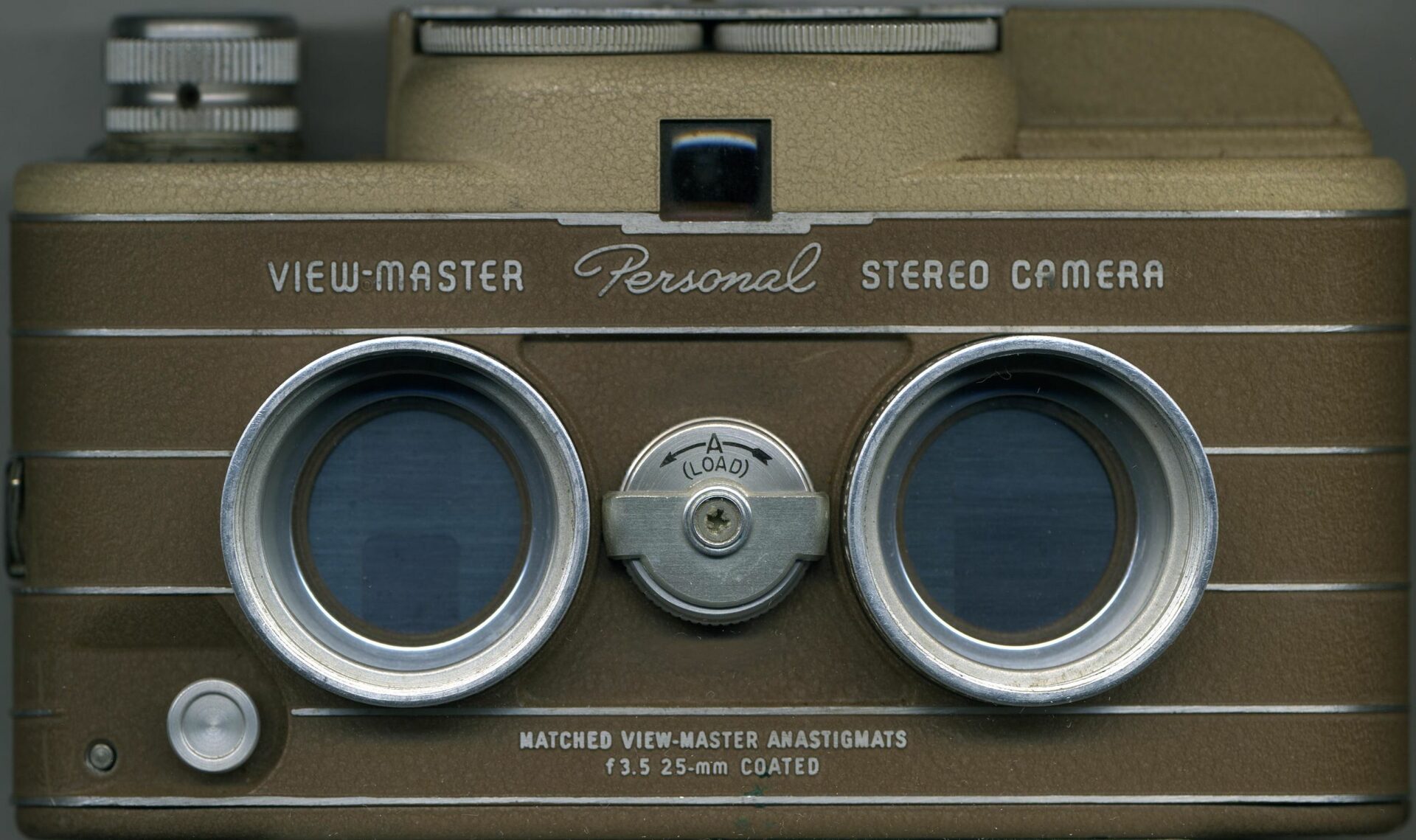Welcome to my blog, where we will take a captivating journey through the evolution of stereo film cameras. Join me as we explore the fascinating history, the major milestones, and the technological advancements that have shaped the world of photography. From the early days of camera obscuras to the modern digital era, we will delve into the intricacies and innovations that have revolutionized the art of capturing images. Prepare to be amazed by the extraordinary progress and the remarkable stories behind these exceptional devices.
The Evolution of Stereo Film Cameras
In the early 19th century, the concept of stereoscopic photography emerged, capturing the imagination of enthusiasts and inventors alike. It all began with Sir Charles Wheatstone’s invention of the stereoscope in 1838, a device that fascinated spectators by providing a three-dimensional view of static images. This paved the way for the development of stereo film cameras, enabling photographers to capture and reproduce stereoscopic images.
Pioneering Stereo Cameras
During the late 19th and early 20th centuries, a flurry of inventors sought to perfect the art of capturing stereoscopic photographs. One such innovator was Jules Richard, who introduced the first commercial stereo camera in 1860. Richard’s camera utilized two lenses, capturing side-by-side images that would later be viewed through a stereoscope. Other notable pioneers included William Henry Fox Talbot and the Lumière brothers, each contributing unique advancements to the field.
The Stereoscopic Revolution
As the 20th century progressed, stereo film cameras became more accessible and gained popularity among photography enthusiasts. Manufacturers such as Kodak and Leica began producing stereo cameras, allowing photographers to capture immersive scenes with depth and dimension. The advent of dual-lens technology and advancements in film development and processing further propelled the stereoscopic revolution, captivating audiences with lifelike visual experiences.
World Wars and Stereo Cameras
The two World Wars played significant roles in shaping the evolution of stereo film cameras. During World War I, soldiers utilized stereo cameras for reconnaissance purposes, capturing three-dimensional images of enemy lines and battlegrounds. This practical application showcased the effectiveness of stereo imagery in military operations. Additionally, the demand for stereo cameras skyrocketed among civilians during this time, as people sought to preserve memories and document their lives during tumultuous times.
The Transition to Digital
As the digital age dawned, traditional film-based stereo cameras began to wane in popularity. The rise of digital photography offered new possibilities, convenience, and instant results. While stereo film cameras still had a dedicated following of enthusiasts, many manufacturers shifted their focus to digital technology. However, the love for stereo imagery persisted, with modern digital cameras offering the option to capture and view 3D photographs, bridging the gap between past and present.
Did you know that the first 3D motion picture was shot using a stereo film camera in 1922? "The Power of Love" was a silent movie that mesmerized audiences with its immersive visual experience.
The Legacy of Stereo Film Cameras
While stereo film cameras may no longer dominate the photography scene, their legacy lives on. They paved the way for the development of modern 3D technology, inspiring filmmakers, artists, and photographers to explore new dimensions in storytelling. The evolution of stereo film cameras stands as a testament to human ingenuity, pushing the boundaries of what is possible in capturing and interpreting the world around us. Let us celebrate and appreciate the rich history and heritage of these remarkable devices that forever changed the way we perceive images.
The Digital Revolution
The evolution of stereo film cameras took a significant turn in the late 20th century with the emergence of digital technology. Digital stereo cameras provided immense advantages in terms of image quality, ease of use, and post-processing capabilities.
For instance, the introduction of digital single-lens reflex (DSLR) cameras with twin-lens attachments ushered in a new era of stereo photography. These cameras offered the ability to instantly view 3D images on the LCD screen, eliminating the need for developing film.
Overcoming the challenges associated with traditional film cameras, digital stereo cameras revolutionized the field and opened up new possibilities for photographers and filmmakers alike.

As we reflect on the history and evolution of stereo film cameras, it becomes evident that progress has been fueled by a continuous quest for innovation and overcoming challenges. From the early experiments to the digital age, the development in engineering, optics, and digital technology has shaped the way we capture three-dimensional images.
The pioneers and inventors who persevered and triumphed over obstacles have left an indelible mark on the world of photography, allowing us to appreciate the beauty of stereo imagery today.
Frequently Asked Questions
1. What is the history of stereo film cameras?
Stereo film cameras have a rich history that dates back to the early 19th century. The first practical stereo camera, known as the stereoscope, was invented by Sir Charles Wheatstone in 1838. Since then, numerous advancements have been made in technology, optics, and design, leading to the evolution of stereo film cameras as we know them today.
2. How do stereo film cameras work?
Stereo film cameras work on the principle of capturing two slightly offset images simultaneously, similar to how human eyes perceive depth. These images are then viewed through a stereoscope or a special pair of glasses to create a three-dimensional effect.
3. What are some major milestones in the evolution of stereo film cameras?
Throughout history, there have been significant milestones in the evolution of stereo film cameras. Some notable ones include the introduction of handheld stereo cameras in the late 19th century, the development of 35mm stereo cameras in the mid-20th century, and the advent of digital stereo cameras in recent years.
4. Are stereo film cameras still in use today?
While the popularity of stereo film cameras has decreased with the rise of digital photography, they are still used by enthusiasts and professionals who appreciate the unique depth and immersive experience they offer. Additionally, vintage stereo film cameras hold a nostalgic charm for collectors.
5. Can I convert my existing camera into a stereo film camera?
Converting a standard camera into a stereo camera is possible, but it requires specialized modifications and equipment. It is recommended to consult with an expert or professional to ensure proper conversion and optimal results.
Wrap Up
The evolution of stereo film cameras has been a fascinating journey through time. From the early days of twin-lens cameras to the modern advancements of digital stereoscopic photography, the progress in this field has been remarkable. We have uncovered the major milestones and breakthroughs that have shaped the way we capture three-dimensional images.
As technology continues to advance, it is exciting to think about what the future holds for stereo film cameras. Will virtual reality play a significant role? Only time will tell.
We hope you enjoyed this historical trek through the world of stereo film cameras. If you have any thoughts, memories, or questions about camera evolution, we encourage you to engage with us in the comments below. Let’s keep the discussion going!


